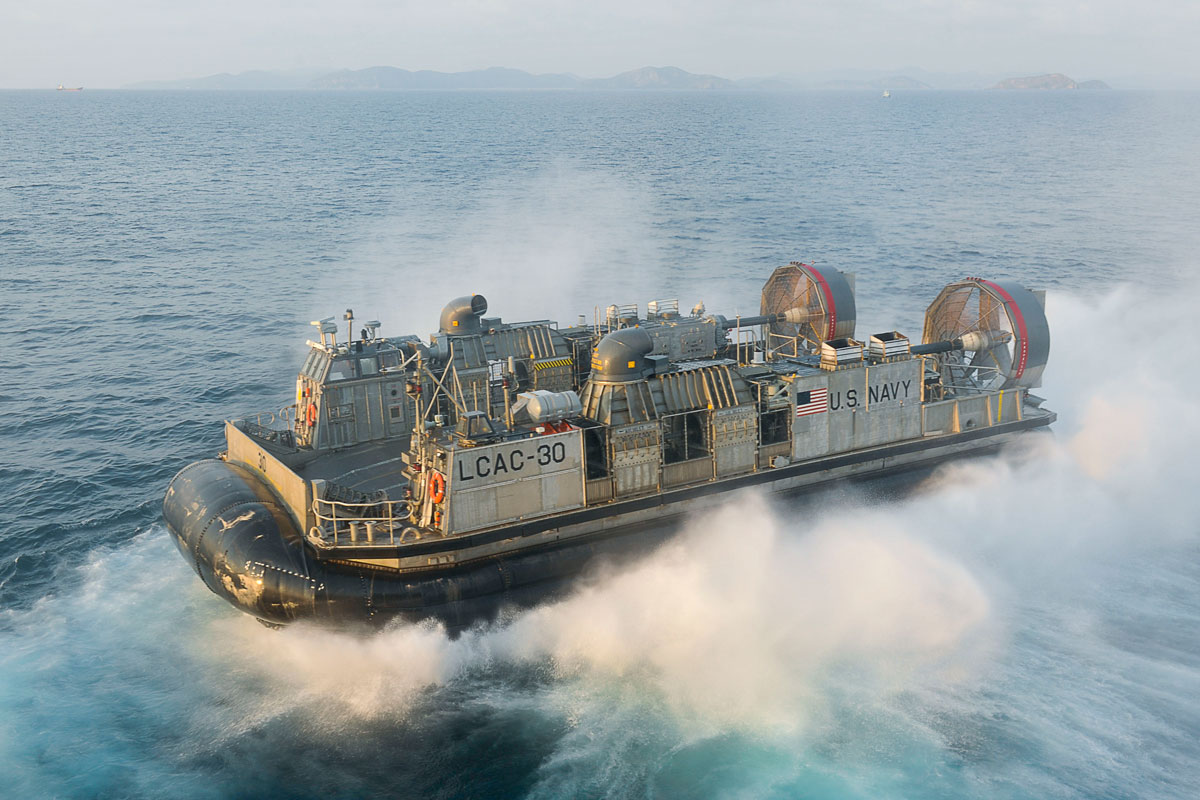
Glacier Girl: The P-38 Lightning Frozen in Time for 50 Years
In the midst of World War II, on a fog-laden day of July 15, 1942, an ensemble of fighter jets and bombers set course for the British Isles during Operation Bolero. As the harsh weather persisted and visibility waned, the planes found themselves unable to complete their journey.

The only option was an emergency landing on the treacherous Greenland ice sheet. All crew members were safely evacuated, but the formidable Glacier Girl, accompanied by her squadron of five other P-38 fighters and two B-17 bombers, met a chilly fate. Over the next 50 years, they disappeared beneath a daunting 268 feet of accumulating snow and ice.
Fast forward half a century to 1992, when a mix of passion and persistence led the Greenland Expedition Society to undertake a mission that many deemed impossible.

After extensive searching and excavation, they located the once-mighty Glacier Girl trapped beneath a frozen fortress. Extracting her from the icy grasp was no easy feat. With unwavering dedication, the team managed to bring the aircraft to the surface, capturing the hearts and imagination of aviation enthusiasts worldwide.
For half a century, she lay dormant, a silent sentinel trapped in a cold prison, until 1992. After relentless quests to locate her and her long-lost squadron, a dedicated team succeeded in unearthing this buried treasure. With the utmost care, Glacier Girl was transported to Kentucky. Here began her second lease on life.
As the restoration team delved deep into her core, they were met with a crystallized relic of the past – the plane’s original engine coolant. Recognizing the importance of optimal care for such a vintage marvel, the team opted for a modern solution. Evans Waterless Coolant was chosen to power Glacier Girl’s twin engines.
Renowned for its anti-corrosive properties and unparalleled resistance to electrolysis, this innovative coolant ensured that the fighter plane could grace the skies once more, without the threat of the issues plaguing traditional antifreeze. In October 2002, with her engines humming a triumphant tune, Glacier Girl soared once more.

Journey Across the Atlantic 2007 marked yet another chapter in Glacier Girl’s saga. Intent on completing the journey she began 65 years prior, the plane embarked on a flight from Teterboro Airport, New Jersey, to Duxford, England.
Yet, the aircraft’s spirited ambition was tested once more when a coolant leak forced an unexpected landing in Goose Bay, Labrador. After diligent repairs, including the installation of two newly manufactured Allison engines, Glacier Girl graced the skies, ultimately returning to the U.S. to dazzle crowds at various air shows.

The legend of Glacier Girl stirred a renewed interest in the other lost aircraft. In 2016, spurred by her revival, a new expedition was launched. Their goal? To extract another P-38, named Echo, from the freezing clutches of the Greenland ice.
Led by Ken McBride and Jim Salazar, this ambitious group faced myriad challenges, as the shifting glacier threatened to engulf the remaining aircraft. Yet, by July 2018, news broke that Echo, piloted by Lt. Robert Wilson, had been found. A subsequent excavation was planned for 2019, a poignant reminder that the past, no matter how deeply buried, always finds a way to resurface.




